Media | Articles
Final Parking Space: 1988 Plymouth Horizon America
Please welcome our newest columnist (and junkyard hunter extraordinaire), the great Murilee Martin. He has been writing about cars since starting as a catalog copywriter at Year One in 1995. He became a contributor for Jalopnik in 2007 and has since written for Autoweek, Motor Authority, The Truth About Cars, Autoblog, Car and Driver and others. Murilee has loved going to junkyards since he got his first hooptie car, a $50 Toyota Corona sedan, and he enjoys speculating on the lives led by junkyard vehicles and their owners. His personal fleet at present includes a 1941 Plymouth hill-climb race car, a chopped-and-shaved 1969 Toyota Corona lowrider, a 1996 Subaru Sambar kei van, a 1997 Lexus LS400 Coach Edition, and a 1981 Honda Super Cub. -EW
With the ever-increasing sales success of the Volkswagen Beetle and other small imported cars in the United States during the 1950s and 1960s, Ford and General Motors had the deep pockets to develop their own homegrown competitors from scratch: the Pinto and the Vega. Chrysler couldn’t afford to take that route, instead choosing to import and rebadge two cars from its European operations (the Simca 1204 aka Simca 1100 and the Plymouth Cricket aka Hillman Avenger) and one from a Japanese manufacturer (the Dodge Colt aka Mitsubishi Colt Galant). The Colt sold well here, but Chrysler still needed to produce an American-built subcompact designed for our roads. That car ended up being the Dodge Omni and its Plymouth Horizon twin, and I’ve found a well-preserved example of the latter in the same Colorado car graveyard that recently gave us the 1963 Chrysler Newport as the debut of the Final Parking Space series.
Unlike the Pinto and Vega, the Omnirizon (as these cars are commonly known by their aficionados) began life as a European design, with development taking place at Chrysler Europe’s operations in the United Kingdom and France. As was the case with the later front-wheel-drive Ford Escort, the European-market versions differed substantially from their American counterparts while maintaining a strong family resemblance.
So, just as owners of Chrysler/Talbot/Simca Horizons are justified in thinking of their cars as patriotic red-white–and-blue British or French machines, American Omnirizon owners have just as much right to consider their cars genuine red-white-and-blue American machines. Omnirizon production began in Illinois (at Chrysler’s Belvidere Assembly) in December of 1977, with the first cars sold as 1978 models.
Omnirizon sales started out strong, helped along by the 1979 Iranian Revolution and resulting oil shortage, and this simple and affordable car remained in production all the way through the 1990 model year. The Omnirizon was considered something of an obsolete 1970s relic by the late 1980s, but it was so cheap to build that it was able to compete on price with the most affordable imports.
Marketplace
Buy and sell classics with confidence
The 1988 Omnrizon had an MSRP of just $5995, which comes to about $15,910 in 2023 dollars. The America trim level began life as the designation for the very cheapest Omnirizons, but by 1988 all of them were Americas. Not many new U.S.-market 1988 cars could undercut that sticker price, though some managed the feat.
The wretched Yugo GV had a hilarious price tag of $4199 ($11,144 today) that year, though the $5295 ($14,052 now) Hyundai Excel was the greater threat to Omnirizon sales. Just squeezing under the Omnirizon’s price (and available in the same dealerships) was the $5899 ($15,655 after inflation) Dodge/Plymouth Colt; the Toyota Tercel EZ, Ford Festiva and Volkswagen Fox also came with MSRPs that just barely undercut that of the 1988 Omnirizon.
The Omirizon was available only as a five-door hatchback, but its platform begat many other Dodge and Plymouth models sold in North America. These include the 1982-1987 Dodge Charger and the Plymouth Scamp/Dodge Rampage pickups.
This one is an Omnirizon in the literal sense, because it has parts from many Omnis and Horizons. There are both Omni and Horizon badges to be found and the emissions sticker stuck on the underside of the hood comes from a 1989 Omni; the build tag says it’s a 1988 Horizon and therefore that’s what we’re calling it. I’ve found quite a few Omnirizons in Denver-area junkyards in recent years, sometimes in groups of a half-dozen at a time, so I think there must be a local collector unloading a hoard of parts cars.
However, this one has a red tag that suggests it was towed for illegal parking. A search of its VIN shows that it was purchased (presumably by Colorado Auto & Parts) at a nearby auction for $250.
Chrysler bolted a bewildering variety of engines in the American-market Omnirizon over the years, with suppliers including Simca, Volkswagen, and Peugeot. Starting with the 1987 model year, however, every example received the Chrysler 2.2-liter straight-four under its hood. This one is a fuel-injected version rated at 96 horsepower and 122 pound-feet.
For 1988, transmission choices were limited to a five-speed manual and three-speed automatic. This car has the automatic, which added a whopping $1179 ($3,129 after inflation) to the cost.
It doesn’t have the $694 ($1842 now) air conditioner, but it was purchased with the optional $254 ($674 today) AM/FM/cassette radio.
I have local friends who are restoring a 1990 Omni for their 16-year-old (the ’90 came with a driver’s-side airbag, amazingly), and I called them the moment I first laid eyes on this car because the 1988-1990 models are nearly impossible to find in the boneyards nowadays. They grabbed a treasure trove of useful parts that same day and have since incorporated them into their project. It’s good to know that some of this piece of American automotive history will live on in one of its street-driven brethren.
***
Check out the Hagerty Media homepage so you don’t miss a single story, or better yet, bookmark it. To get our best stories delivered right to your inbox, subscribe to our newsletters.
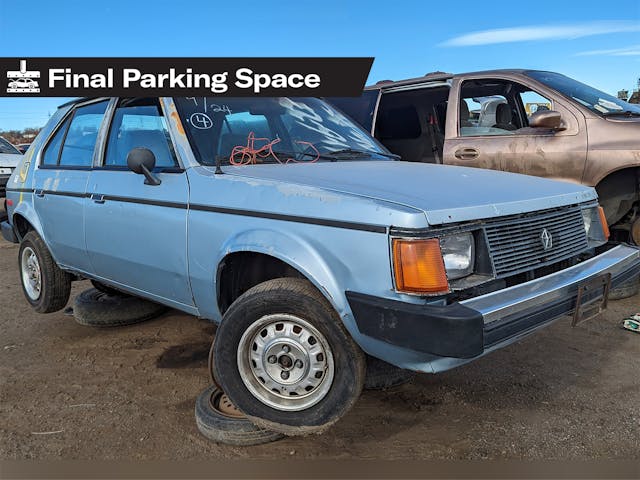
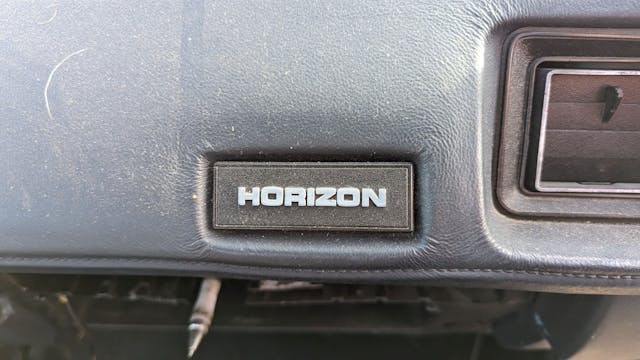
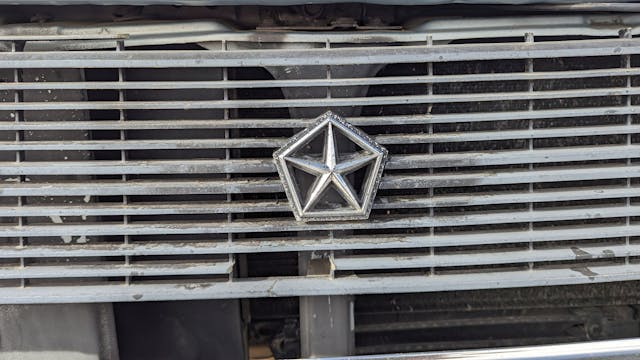
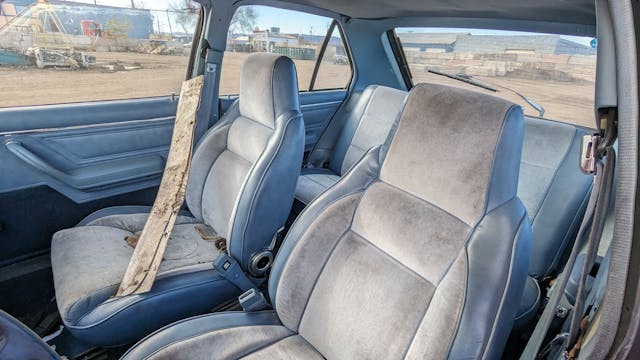
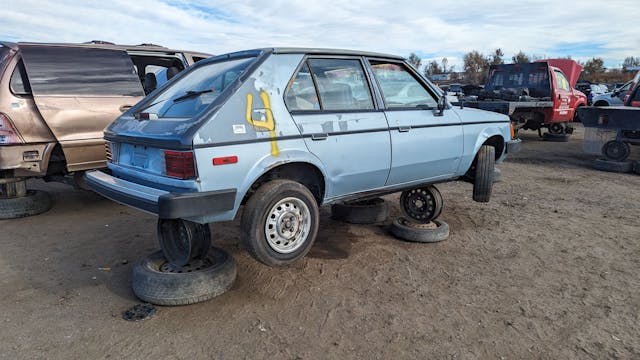



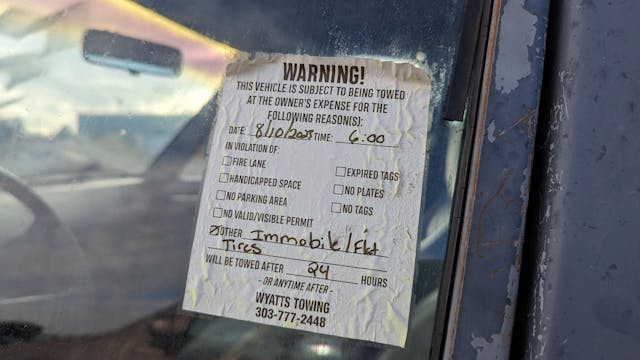
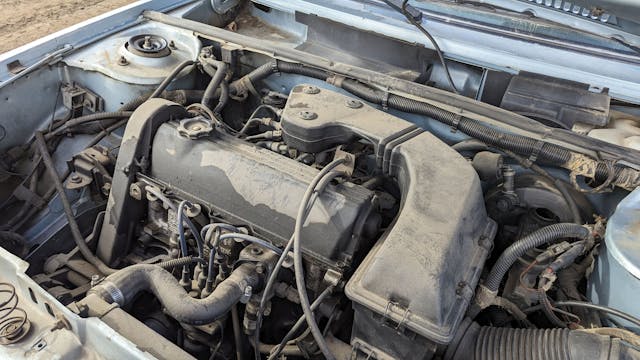
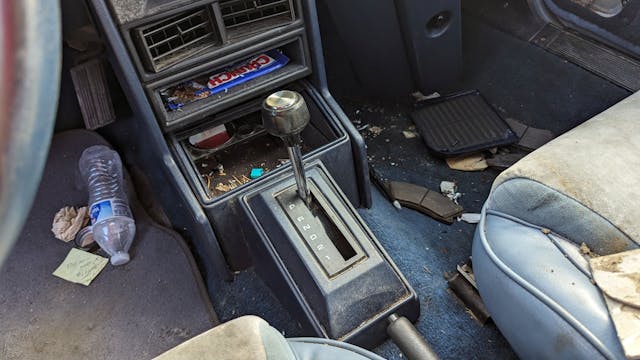
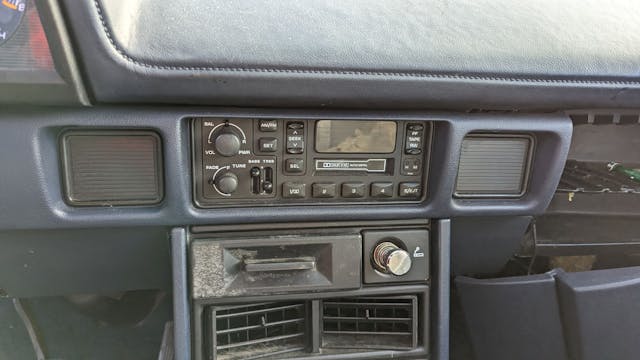
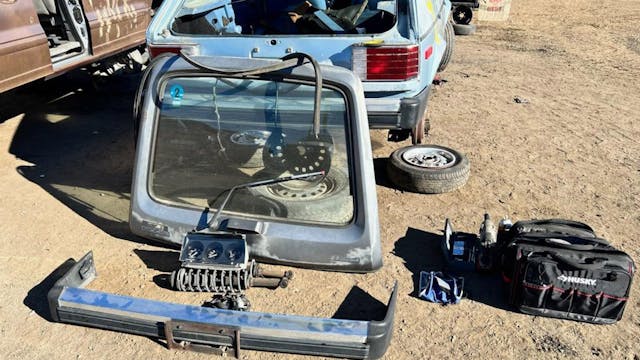
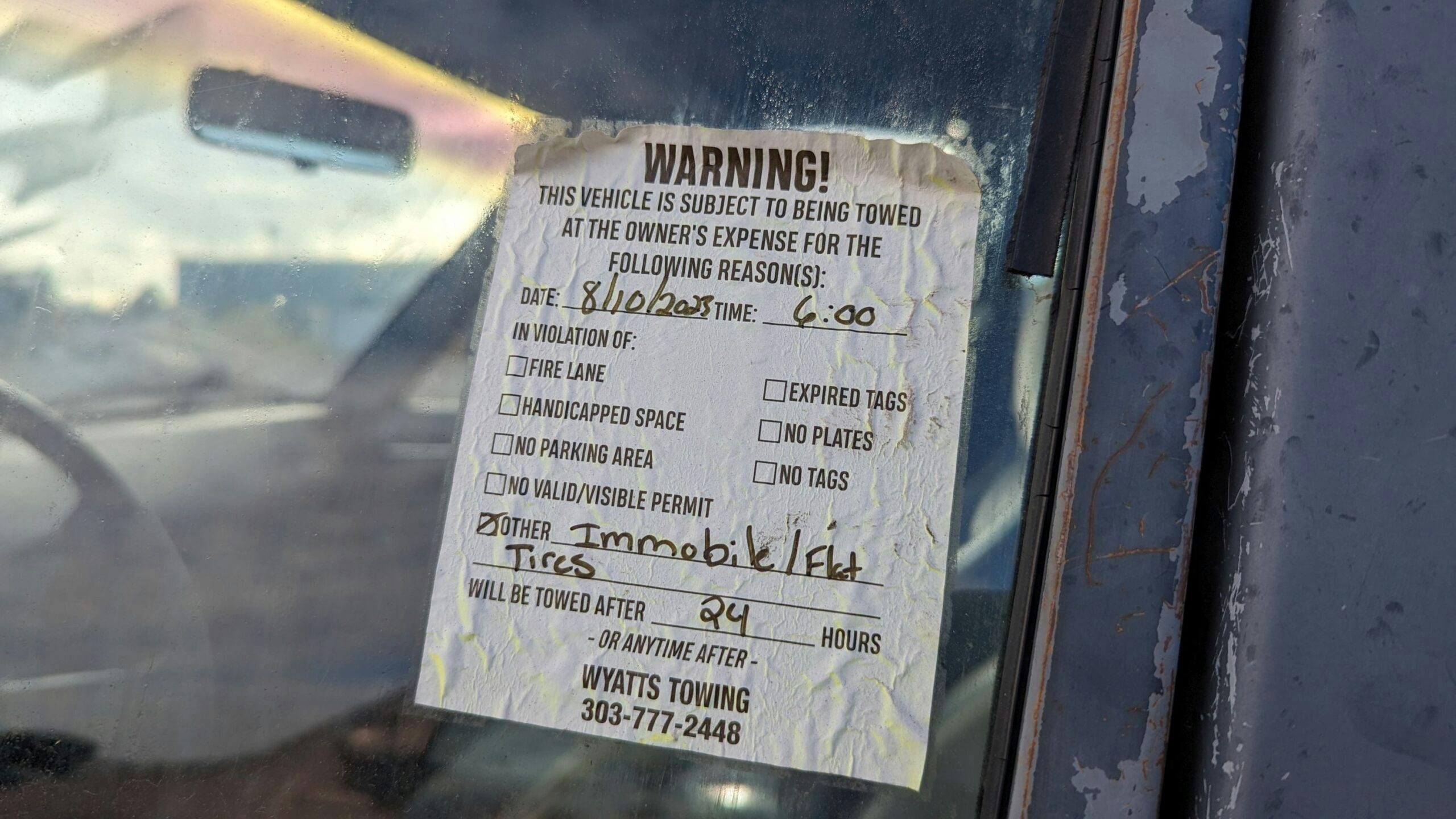

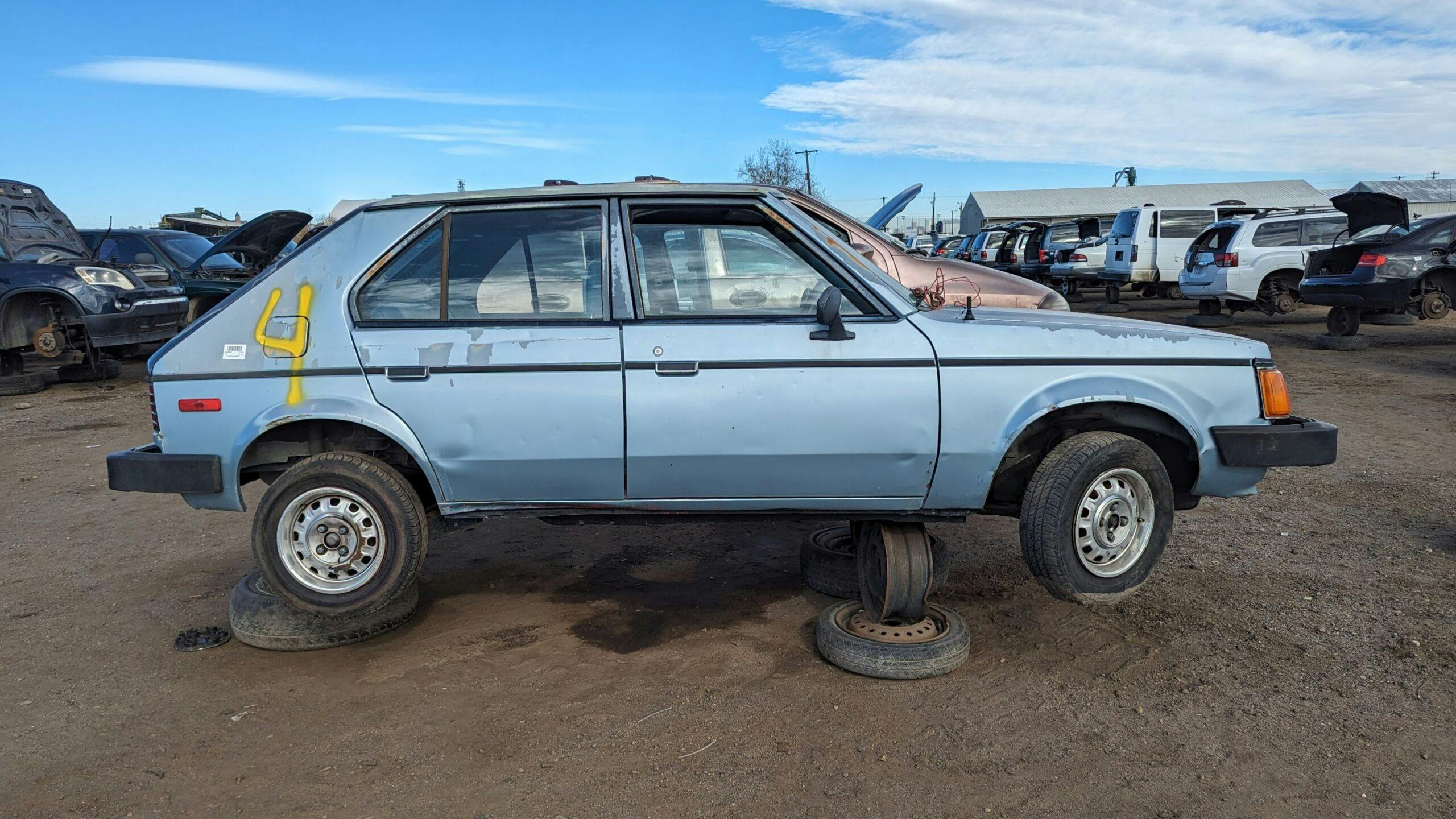


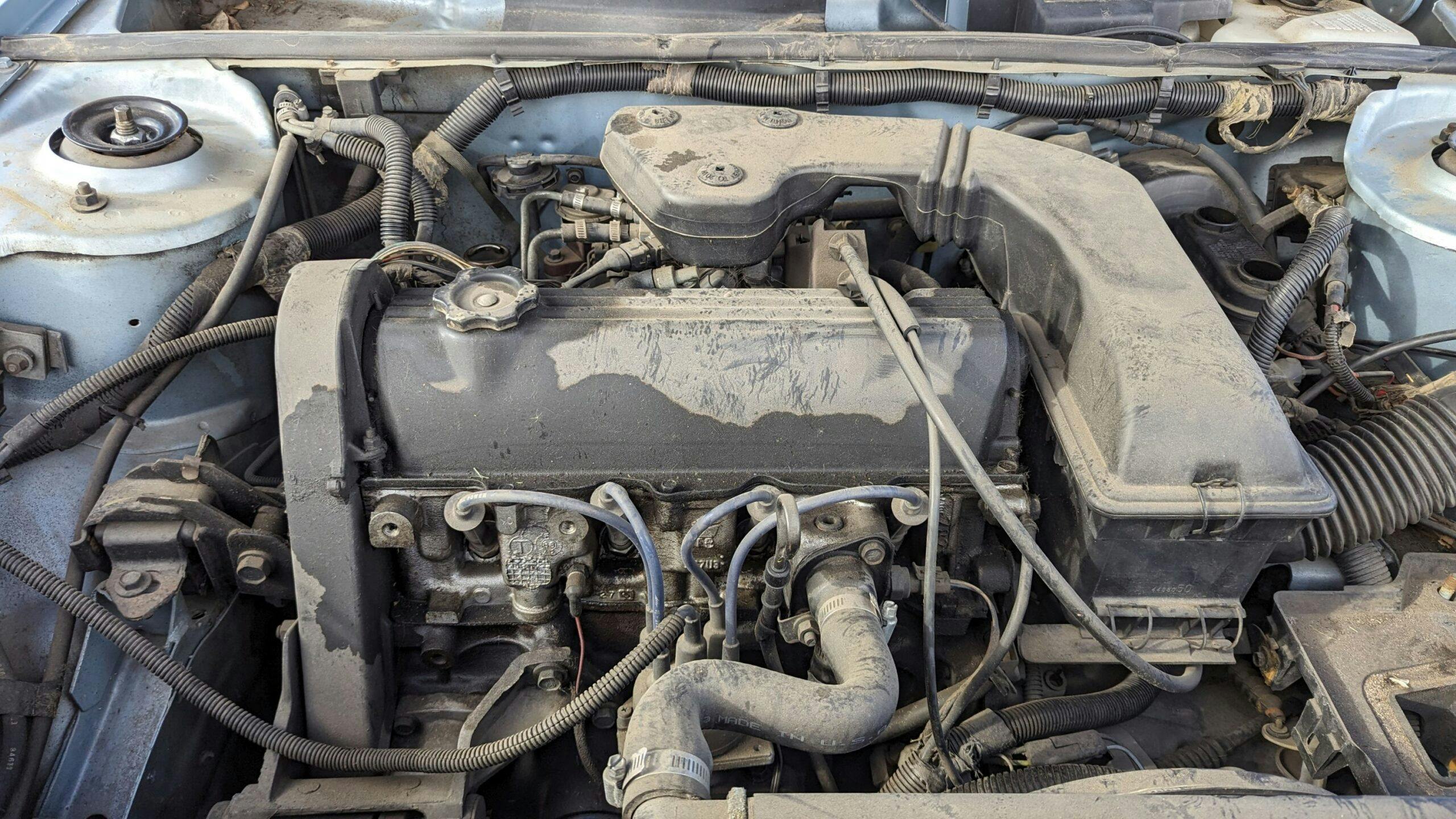
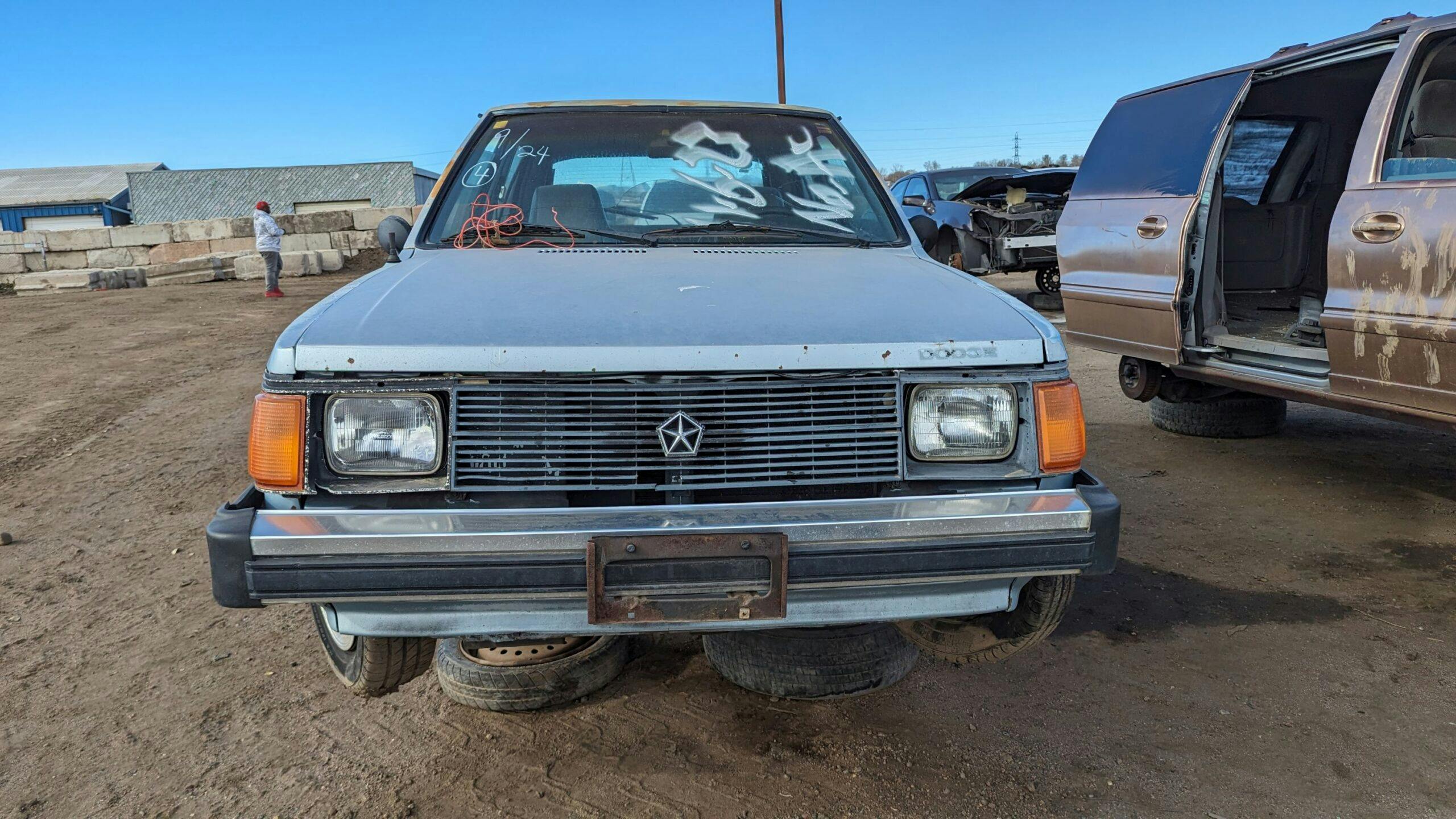

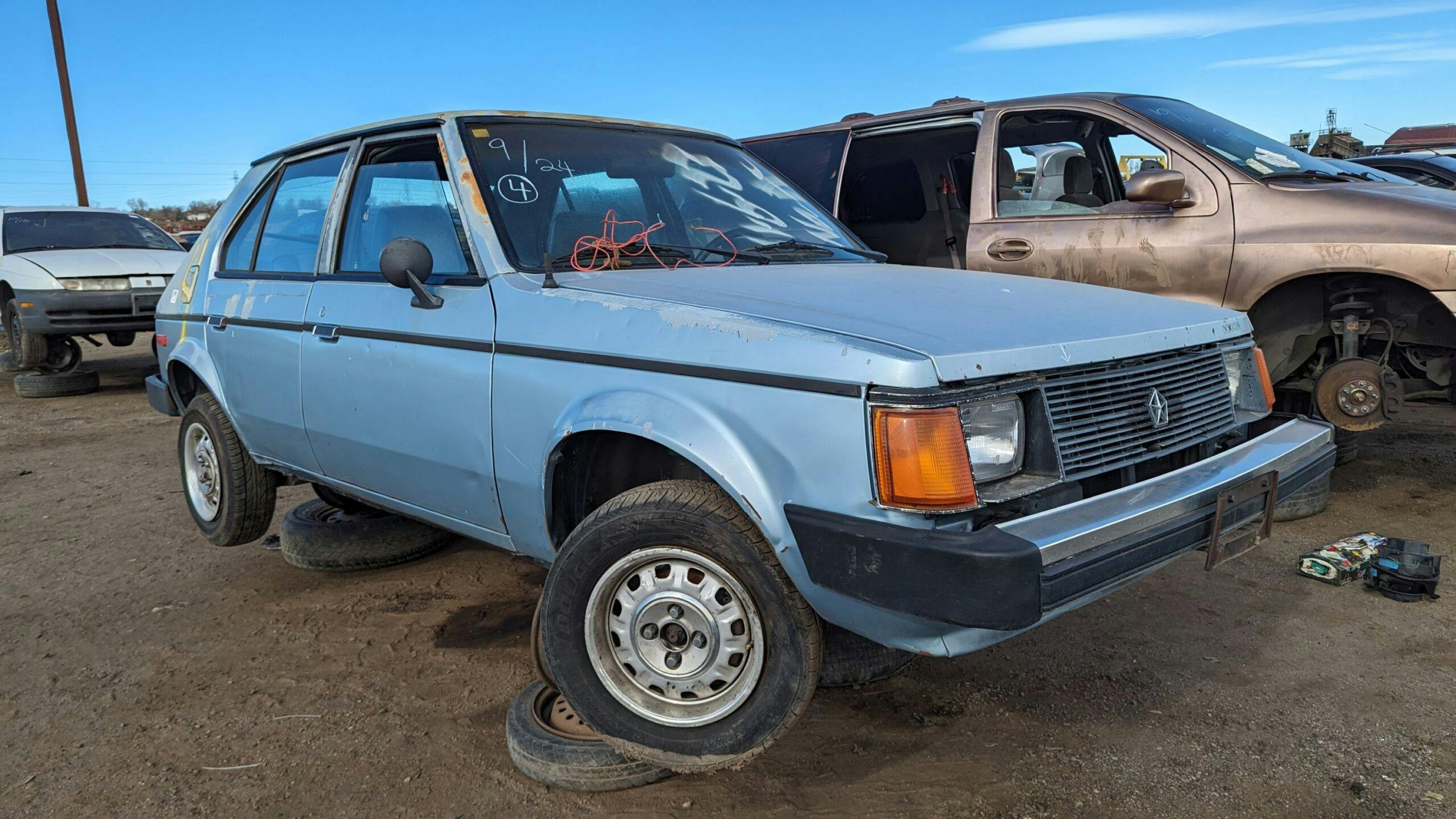

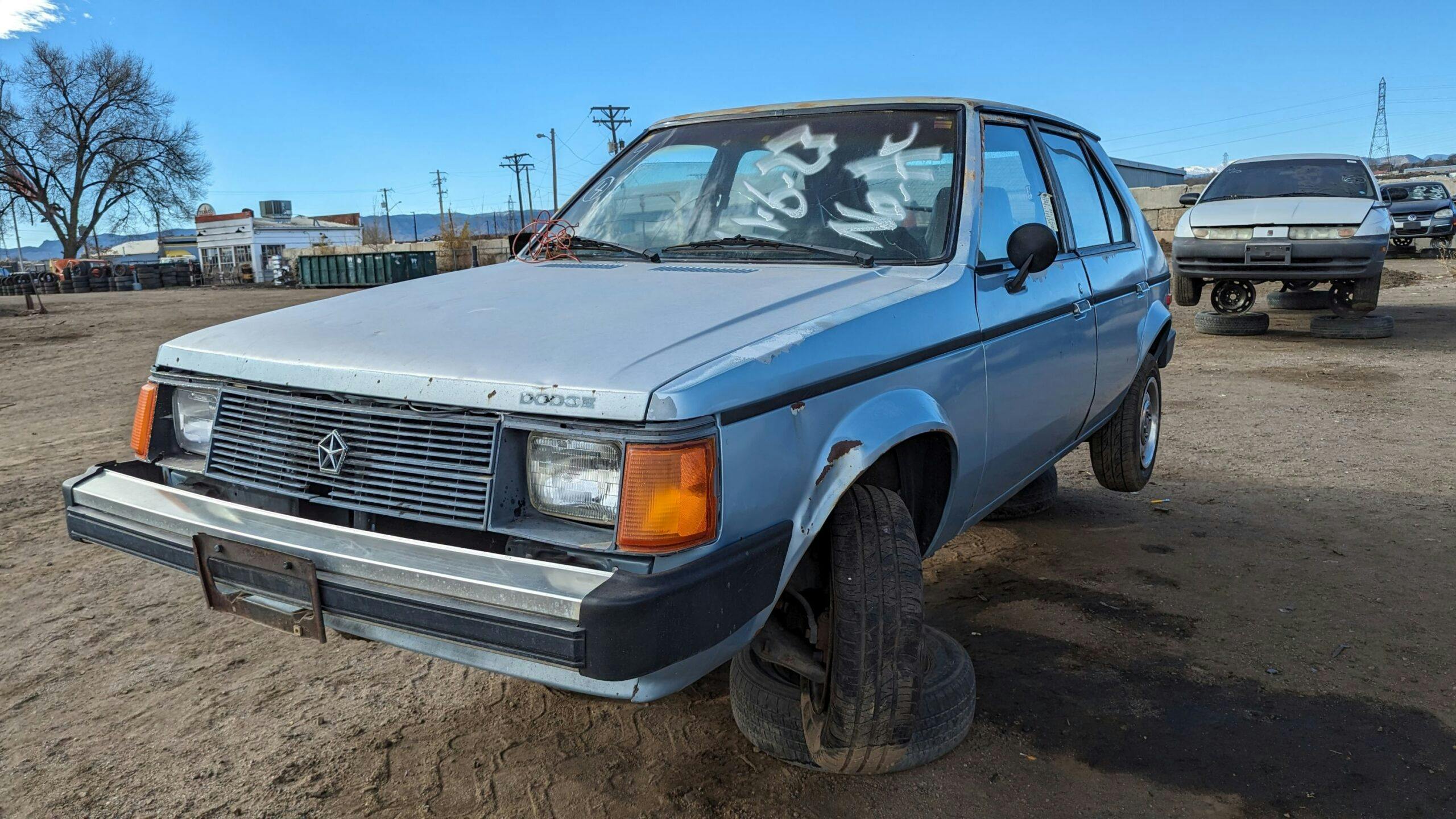
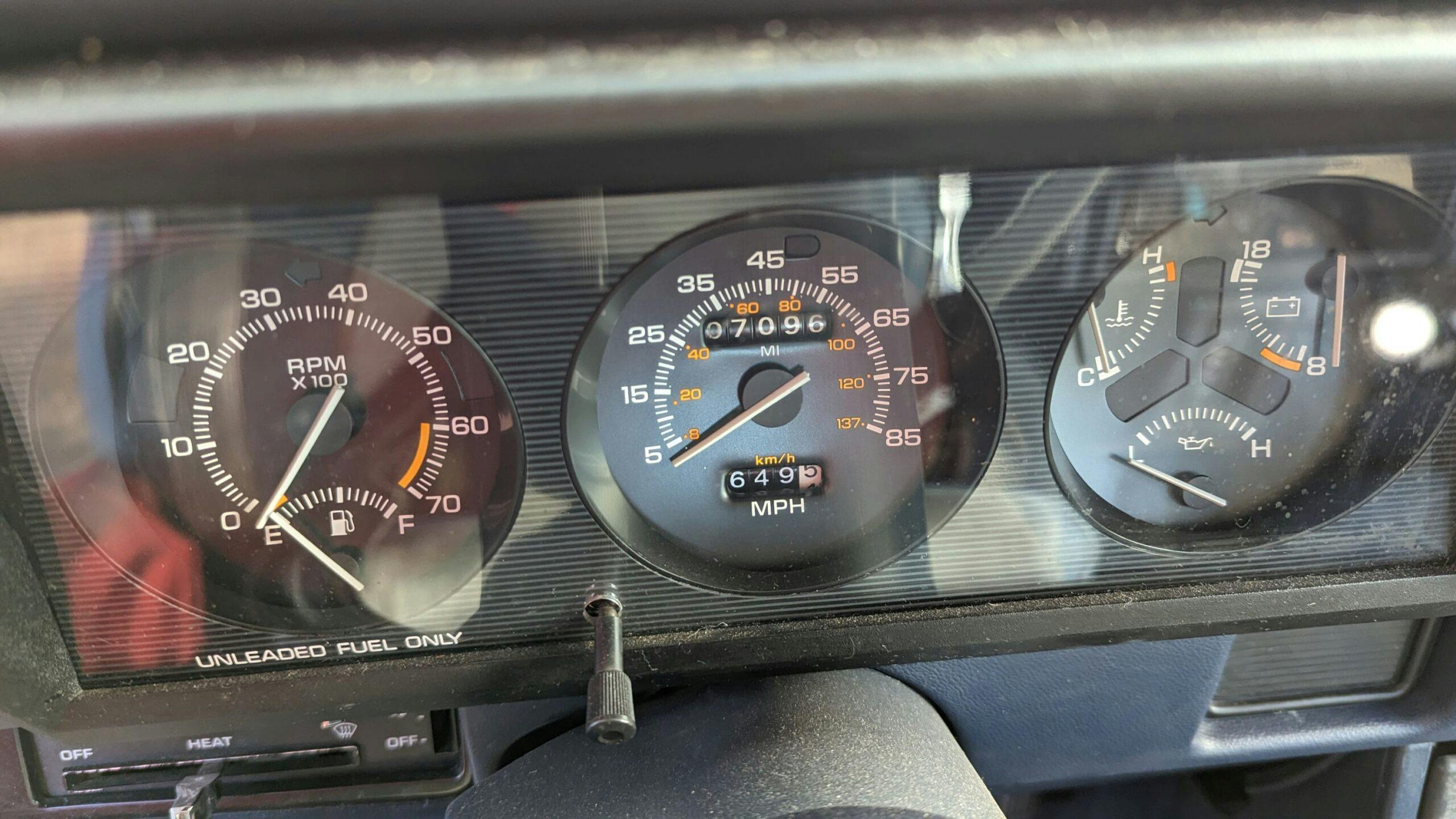
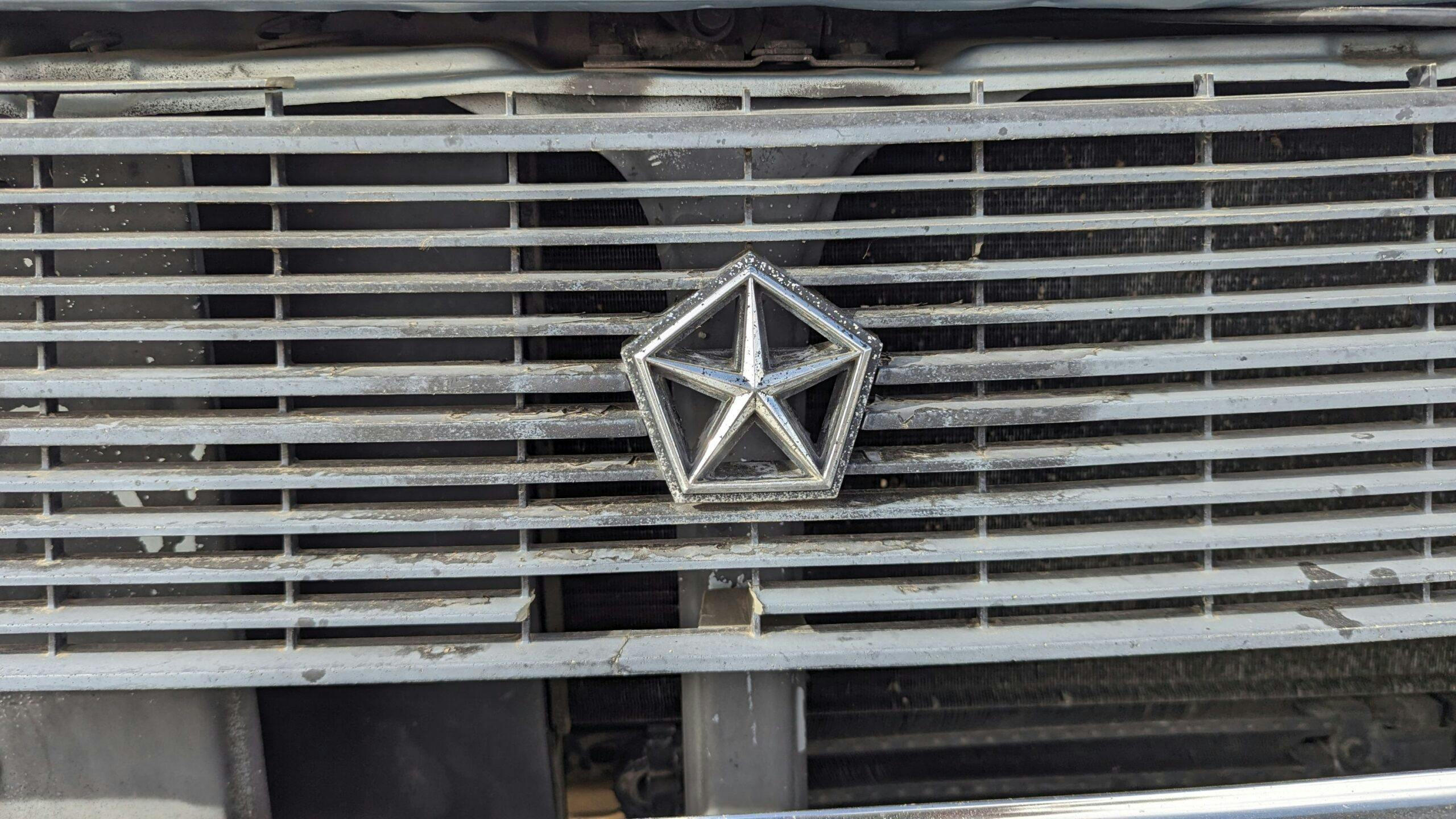
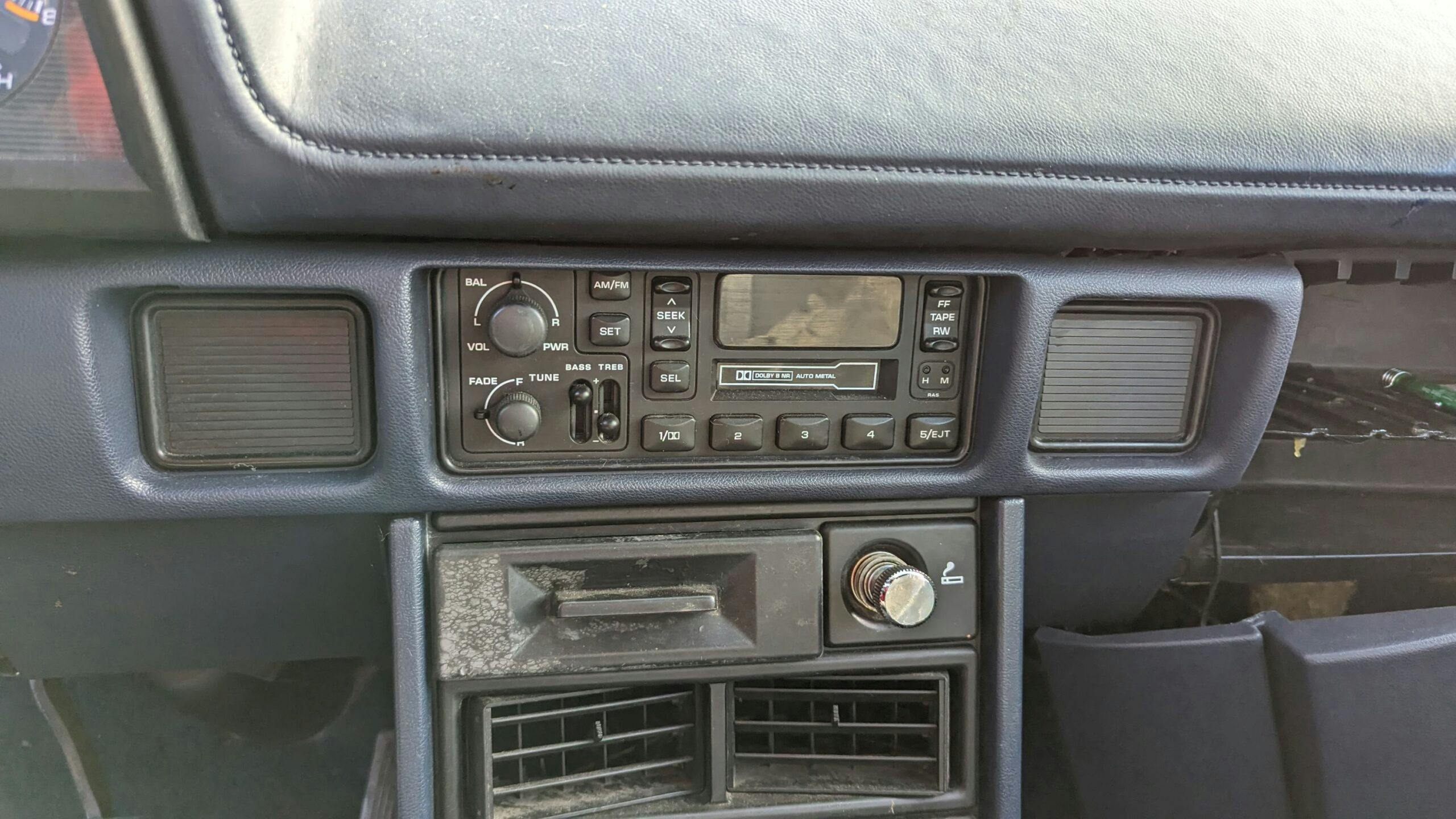


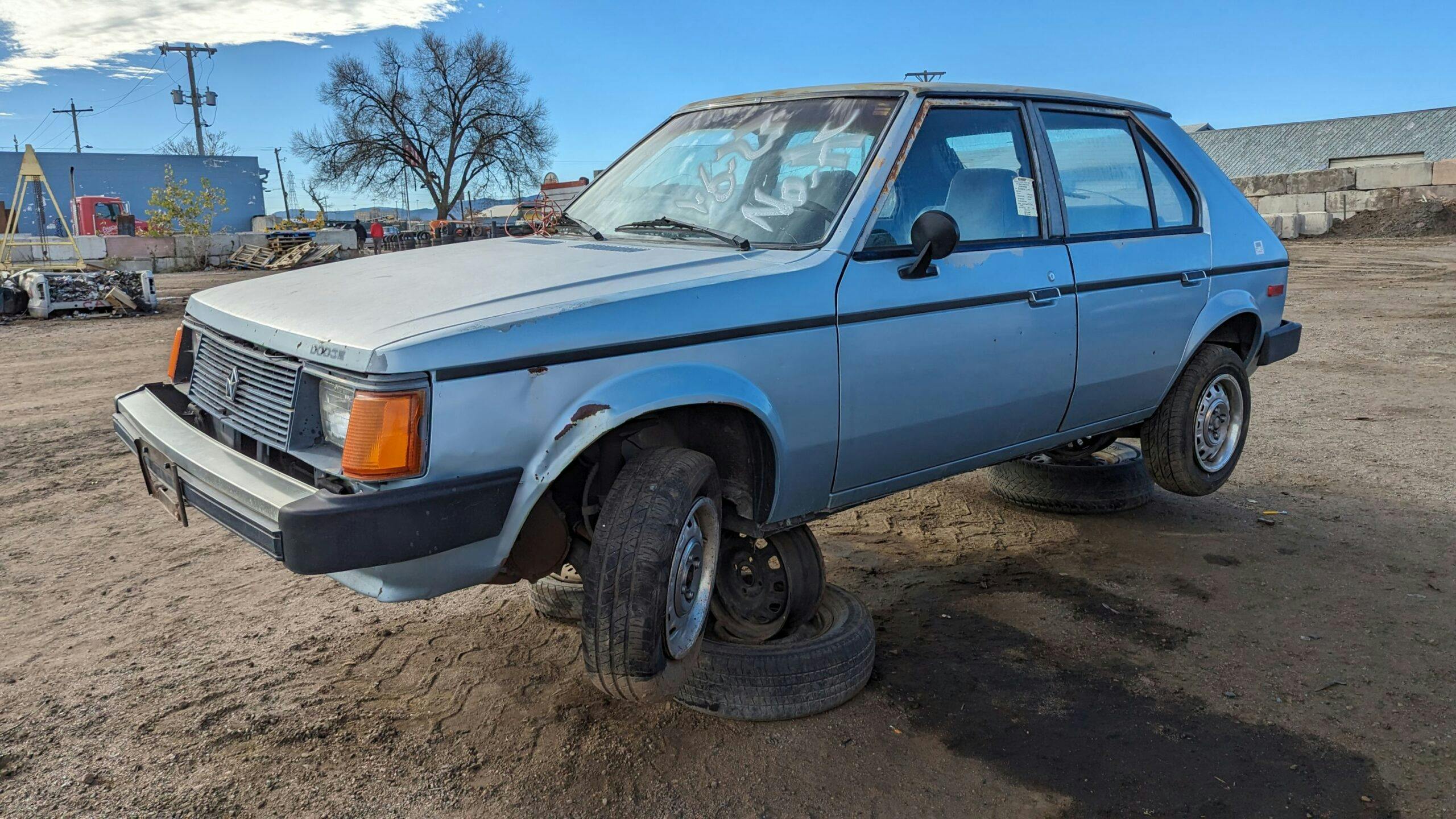

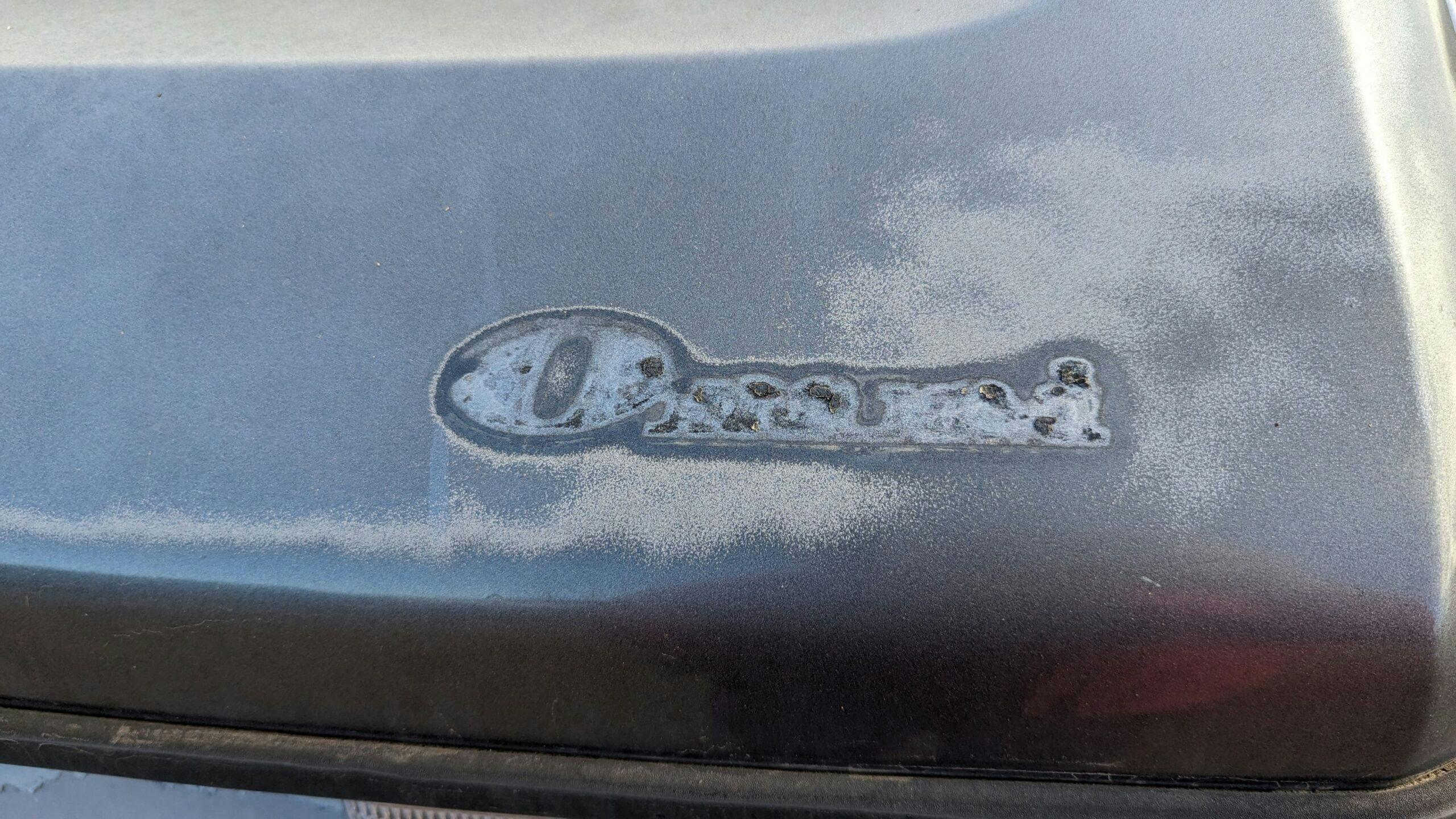
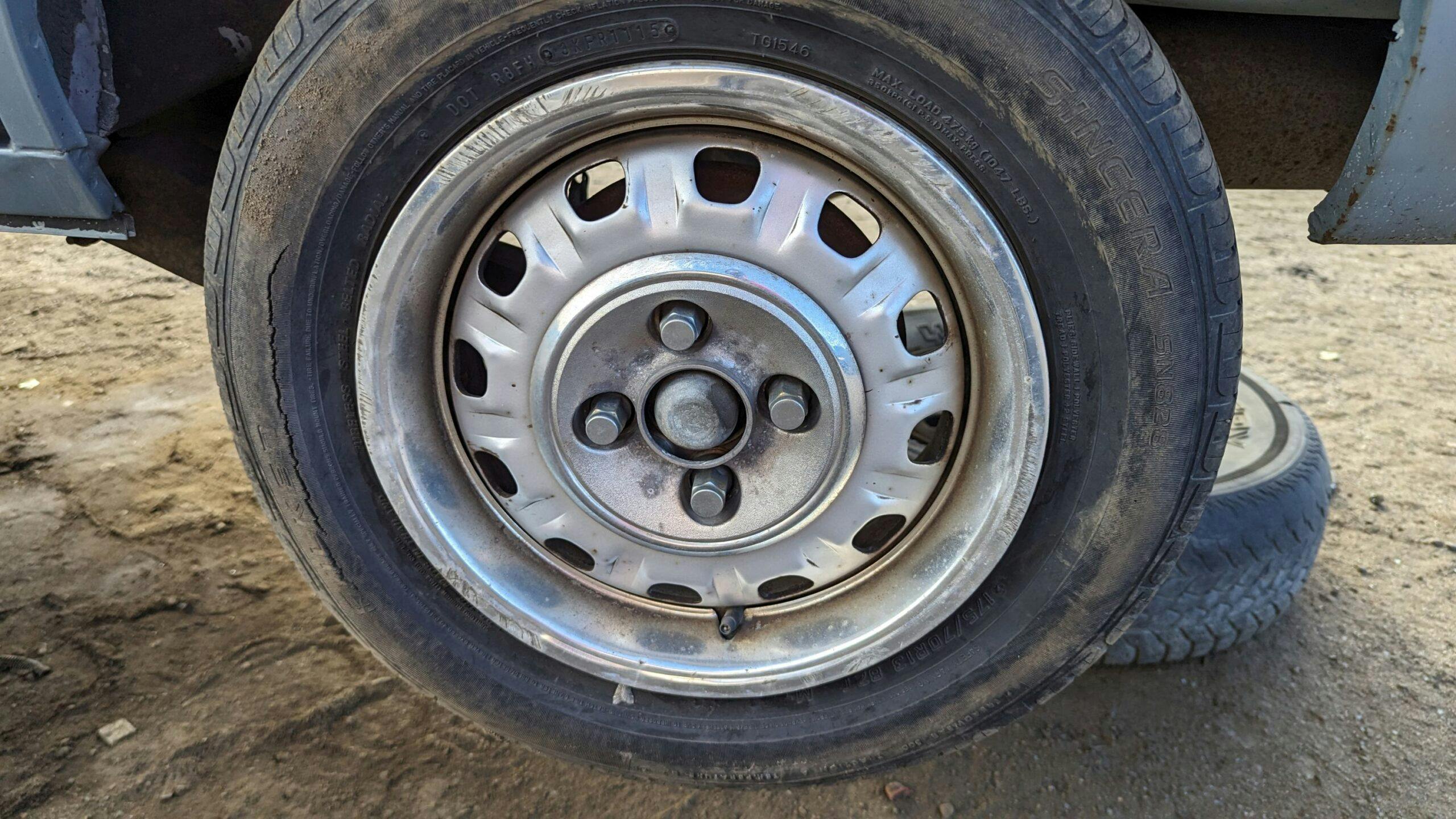
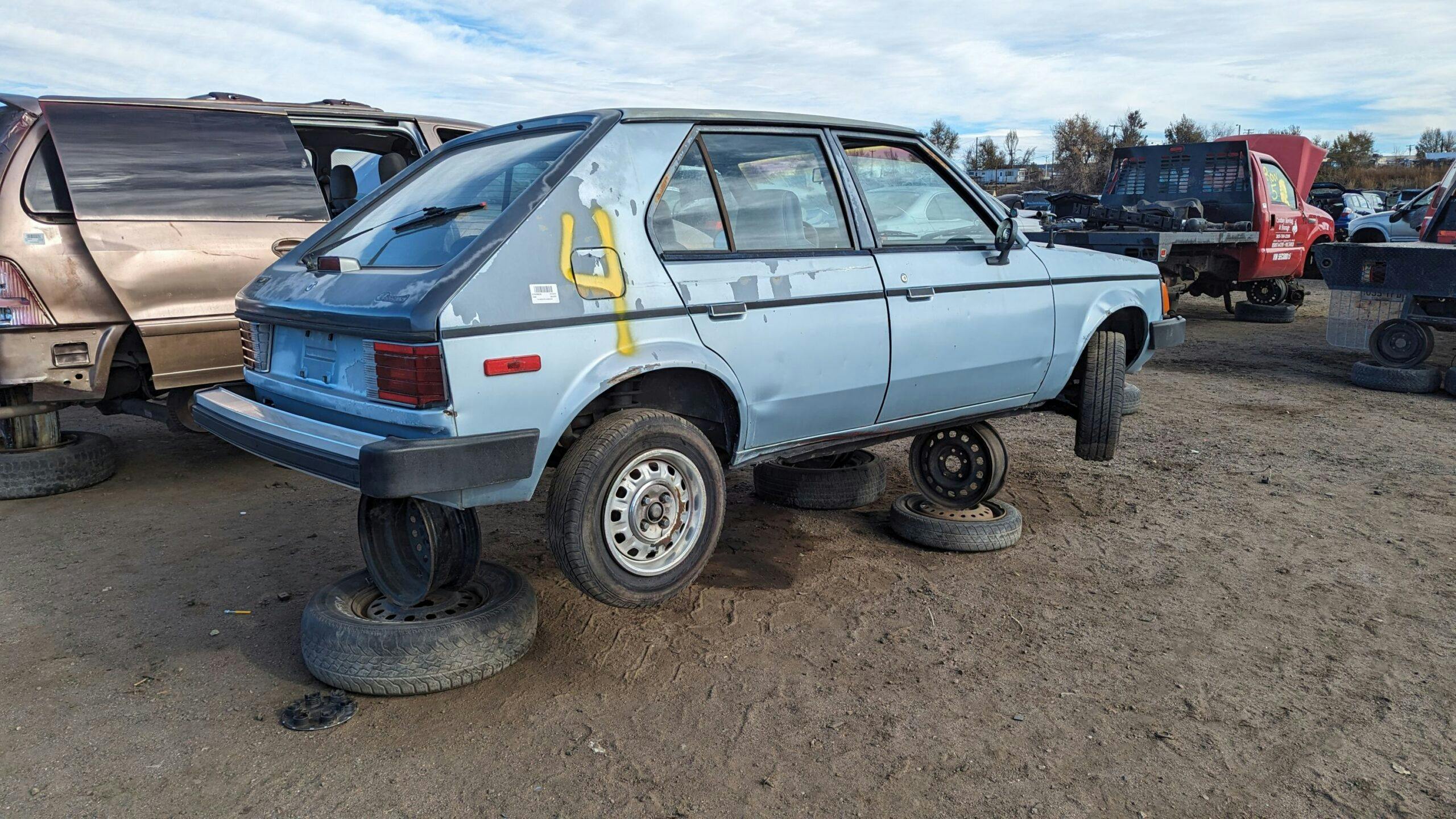
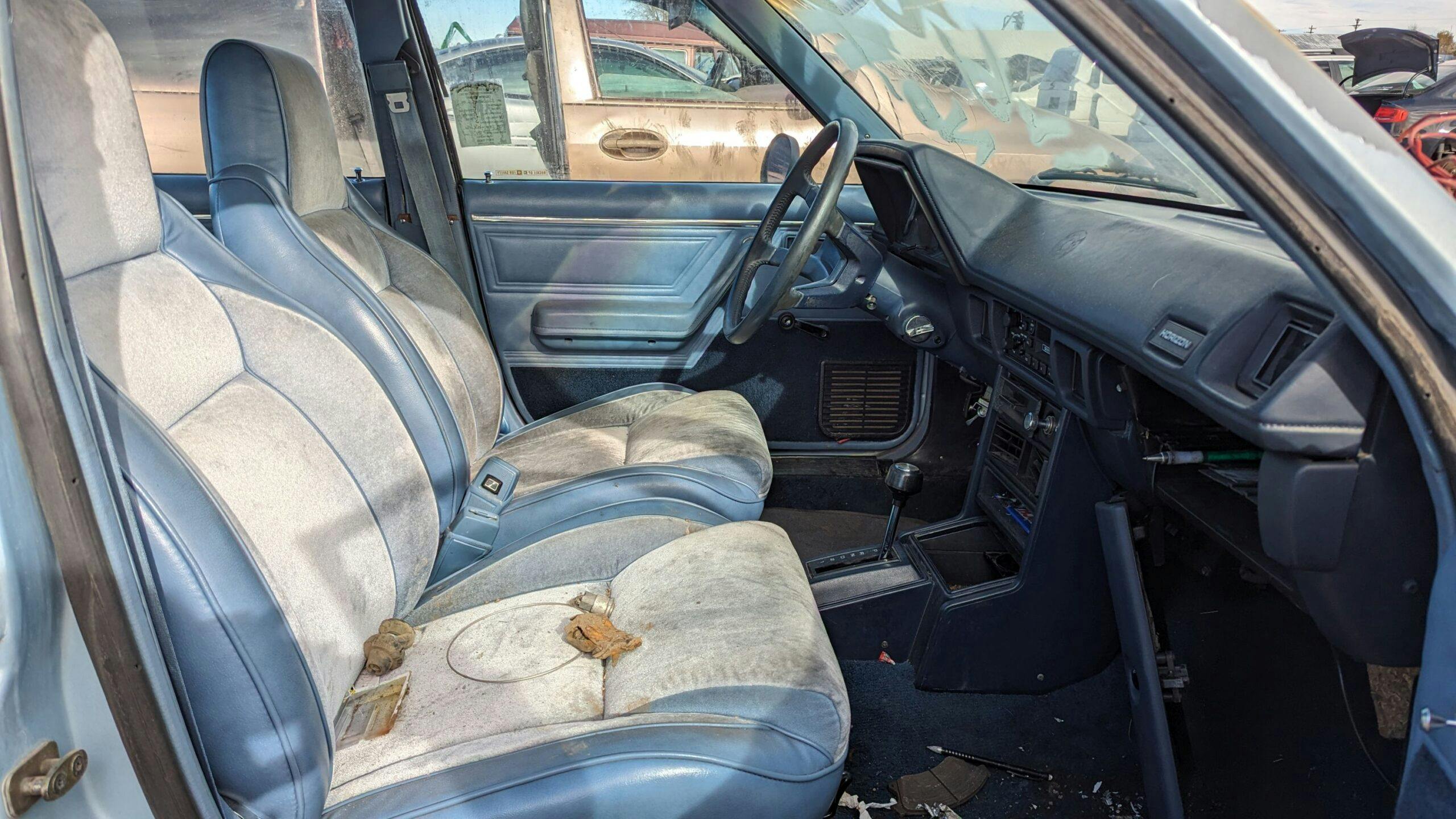

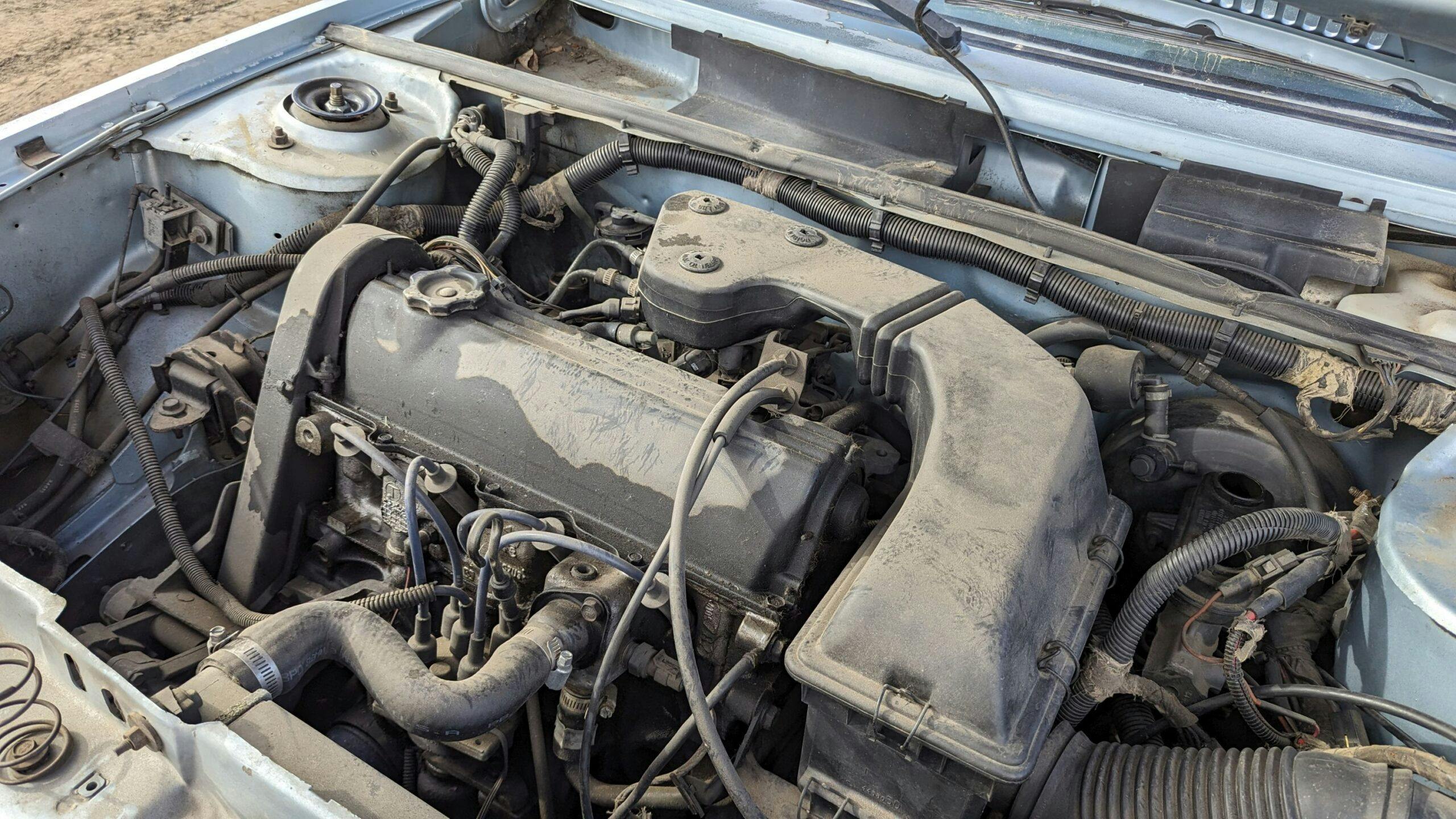
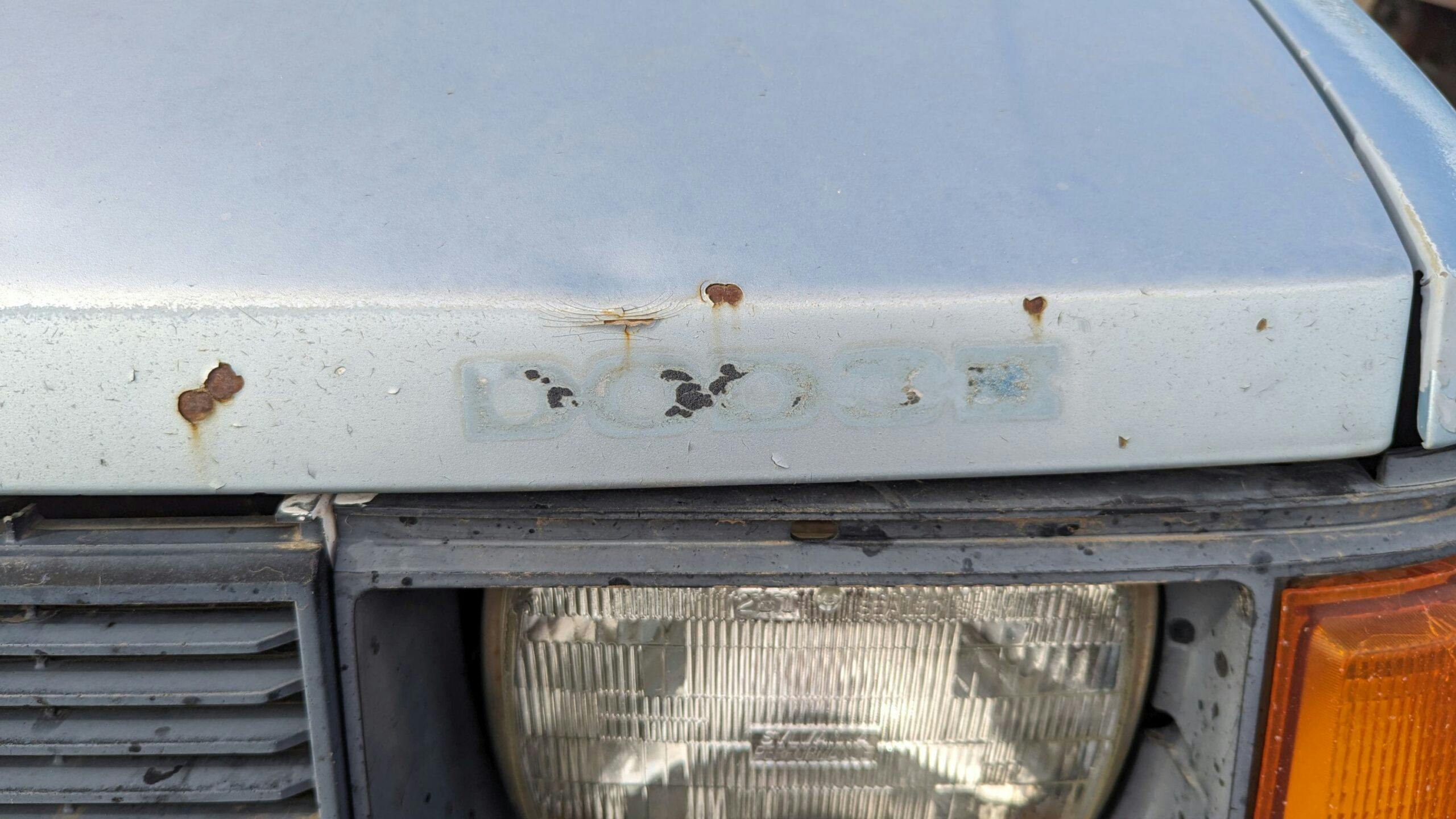
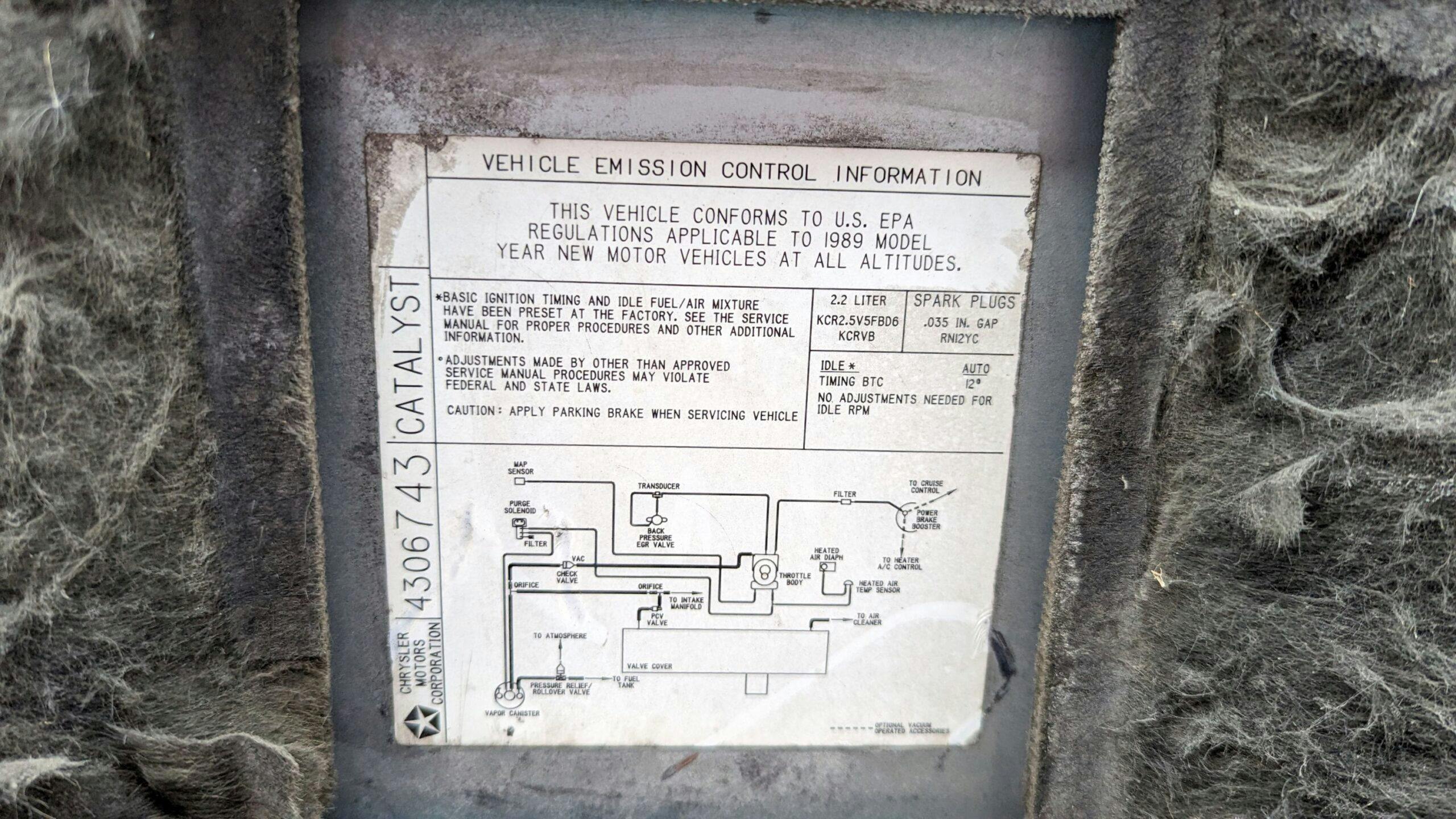







































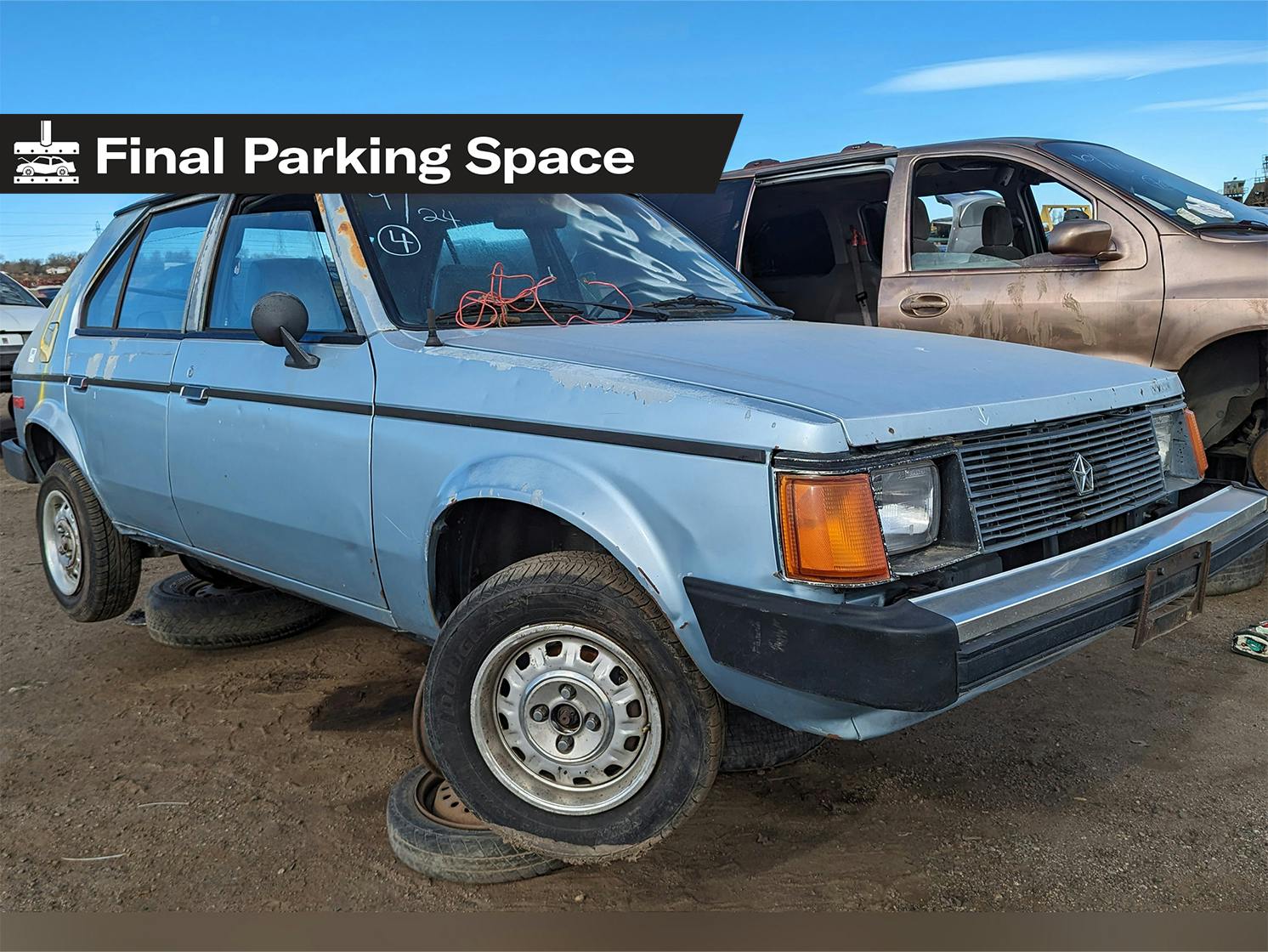
I had a 1990 Omni and loved it. Sold it to a friend at 120K miles. He kept it into the 160s. I found it later, still running strong at over 190K. Outdated, yes, but very comfortable and reliable.
That instrument cluster gives me major flashbacks to a Shelby Charger I drove for 100K.
As an aside to the author, the number of blue hyperlinks in the body makes it a little tough to read.
Great idea for a column though and look forward to the next one!
My mom had an Omni. Absolutely the worst assembly quality I’ve ever seen. When the driver’s door was closed, you could see outside through the gaps. Wind and rain both found their way in. Dealer said “they were all that way and couldn’t be fixed”. I guess the car was reliable enough, because she had it for ~10 years until she got a new Camry.
As a Chrysler dealership drive ability tech when those came out they kept me in gravy for years. From failed distributor pick up assemblies to rotted rubber carb isolators, carb issues and the infamous surge at 35 mph my bay was always busy. Even during the peanut farmers stagflation era. They did lead into the K car era that kept Chrysler alive.
I had a 1978 VW engined US Lean Burn Horizon and a 1988 2.2 Chrysler single point fuel injection America version with PS/PB/AC. Both automatics. Both went about 130K when they were both totaled. Few problems with either one. The 1978 died because of a toasted Lean Burn computer. Wasn’t too much to replace it. The 1988 had a failed head gasket at about 100K, the usual cost for a 4 cylinder. That’s about it.
The article doesn’t explain the America phase starting in about 1987. They had a dated design but realized they could compete with Hyundai in the compact hatchback market if they symplified the lines and didn’t invest much each year. Only two versions – base model and one with a better interior and other stuff. The better one had the same seats as a Dodge deluxe cab pickup and armrests with a door pull like a period Mercedes or BMW. I think the PS and PB were included. Maybe the AC was optional.
The three speed automatic with high gear lockup on the 1988 plus the torquey 2.2 allowed a fairly long axle ratio so highway RPMs were fairly low. For 1990 they conformed to the all-airbag Chrysler policy and added a driver’s airbag and knee bolsters and rearanged the dashboard at the lowest cost possible. After a couple of months they gave up, kind of like the last year of the Edsel.
I think putting a few bucks into a new tailgate and integrated bumpers like they did with the Jeep Cherokee around then would have been a good idea but they never did.
Worked at a Mopar store in the 80″s . It was really hard to get the carb legally to run well and pass emissions. The VW engine was common in the early years. Only saw saw a Peugeot once. Literally hundreds came through the shop-the build quality was horrible ! It did have a light weight version that was close to 30 mpg on the hgy. They finally got it right with the FI then it was axed and replaced with a POS Sundance. It’s saving grace was a 6 cyl 3.0 Mitsu engined Duster version that could get out of its own way !
Only one of these worth saving are the GLH or GLHS.
I’d like to have one of these. It brings back memories since my dad had an ’85 Horizon. He wrecked it in the late 80s when a truck pulled out in front of him. I remember the busted bulge in the windshield from my dad’s head (don’t worry, both folks involved survived). It was brown/tan with a 5 speed. He always fondly reminisces about the car, and I remember enjoying it as a kid. I never see any of these cars around these parts, or the K cars, or anything else along those lines.
I got a job at CTC in 1997 as a validation engineer in Minivan EE and at the time owned a 1987 Charger GLHS. It was a great place to work then. Anytime I had an issue or needed something there was someone there that knew all about it and had the part I needed at their desk. The carb reply above reminded me of when I met “The carburetor guy” at CTC who gave me a dissertation on every little detail of the feedback carburetor I was working on for a friend. They were tricky, but when adjusted right, they worked really well. I worked there 11 years and learned a ton.
When I was a teenager leaning to drive the school had Dodge Omni’s. They were awful. Turn the wheel all the way the engine would cut out. They drove like crap. Fond memories!
They were great (and obvious) vw rabbit clones in the beginning. Shame not even mentioned.
I drove the dreaded Omni as well, nicknamed Elvis due to its propensity to shake rattle and roll. The 2.2 would leak random fluids no matter how matter gaskets I replaced or what torque settings I used to put parts back on. I never went anywhere with Elvis without a jug of coolant behind the passenger seat. Elvis died an inglorious death at the hands of a Thunderbird that literally bent him in half.
I don’t miss Elvis
I had a 1981 Horizon with the VW 1.7 engine and 4 speed stick. Bought it from my father. I beat that car up really hard and it was very reliable. The 4 speed stick did NOT have overdrive. Fun car to drive, even with only 63 horsepower. I had to install the aluminum carb spacer since the original rubber spacer was junk. And, I had to replace the clutch. Otherwise, it was great.
We bought a turbo GLH with a damaged shifter for $800. Driving it home it only had third gear if I remember correctly. When a light changed, I’d have to feather the clutch until it fully engaged. Just about the time the guy behind me was going to honk his horn, I would disappear. That thing was fun.
I really liked the handling and ride in my 1980 TC3 Horizon 5 speed, but not the 1.7 engine. It was geared high enough to give it good highway legs. I should have hung onto my 1988 Omni 2.2 automatic longer, but someone made a good offer on it.
Whoops, 1980 TC3 4 speed.
Fond memories of ‘my’ junkyard. It had been there before I was a glint in the old mans eye. And he had been the first to take me there looking for, I forget what. There was a section called “the woods ” where cars from the 50’s had been laid to rest many moons ago. All over grown, DeSotos with trees growing through where once there had been a windshield. Not a single usable part of any kind but something of an early education into cars of that era. What had once been. Years later my friends and I would bring our lunches and tool boxes there to get out of the sun when we decided to go parts scrounging. Looking for rare parts that had slipped through the cracks and were buried under god knows what. The owner Gabe now knew us so well he say- ” You boys looking for something or just on a search and destroy mission? ” We searched but we didn’t destroy. Frequently finding a part we did need and had been recently usable had been recently visited by someone else who’d hammered and pried it out to get what they needed, destroying it in the process. No respect. We did our best not to do likewise. Sacred ground. Some years later I was in the area and decided to take a walk down memory lane. I found it had been closed for quite sometime peering through the chain link fence the literally miles and miles of cars upon cars were all gone. ” NO ADMITTANCE! ” It’s now a Superfund Site after all that time of gas and oil and being spilled on the ground . Rightfully so. But they could have preserved ” the woods” I’m thinking.
Welcome to Hagerty, Murilee! I’ve enjoyed your articles for years at AutoWeek (RIP for their printed magazine), so I’m glad that you have found a new home here.